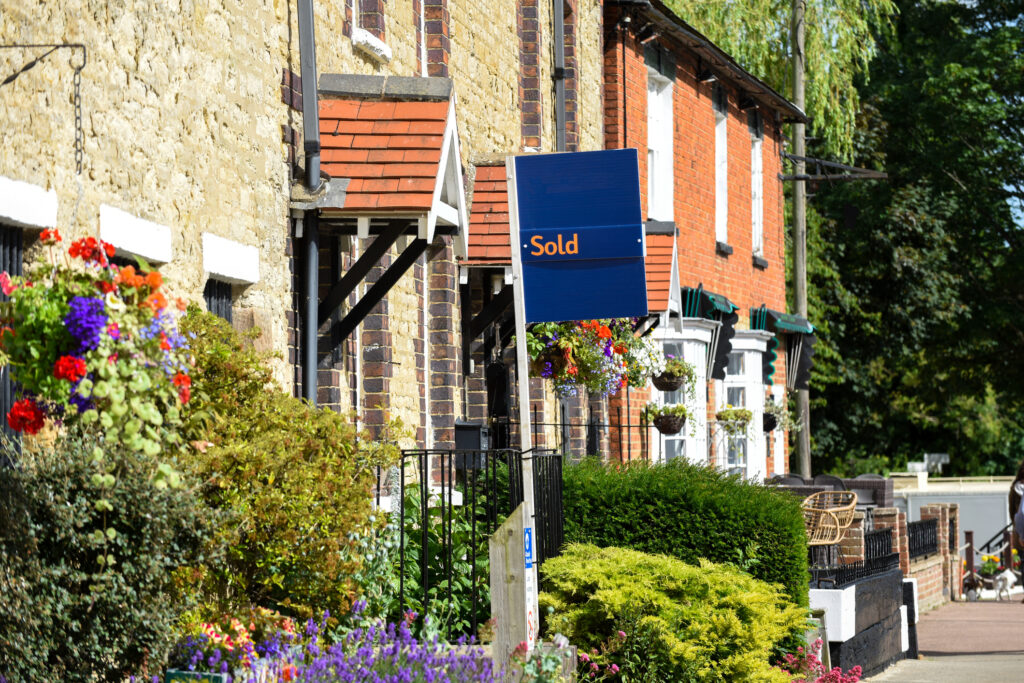
Once your conveyancer has satisfied their ID requirements, received your signed engagement letter and has received a memorandum of sale from your estate agent, they will action certain processes to ensure your sale moves forwards in a timely manner.
Initially the conveyancer will:
Request the Title Deeds and Review Ownership
These are obtained from HM Land Registry and are called official copies of title. These registers will prove who owns the property and contains important details about mortgages, restrictions, capacity of ownership and whether the property is freehold or leasehold.
If your property is leasehold, a copy of the lease is required, and your conveyancer will also need to contact the freeholder or managing agent to obtain details of the cost of the management pack and procedures that are to be followed in dealing with the freehold owner and its representatives.
Send You the Property Forms to Complete
You may receive these at the outset of your case but sometimes they will be sent to you later. These are standard legal forms utilised in the conveyancing procedure to include:
- TA6 Property Information Form – covers utilities, boundaries, disputes, works or alterations to the property and questions about Japanese knotweed, radon and flooding.
- TA10 Fittings and Contents Form – to confirm the items that you are leaving and those which are being taken. Certain items can be left subject to a payment being made by the buyer and this form allows for you to fill in the price of any item. It would not however be usual to charge your buyer for such things as the kitchen fitted units, the boiler or the bathroom fittings. You may wish to consider extra payments for patio sets or dining tables for example.
- TA7 Leasehold Information Form – only if your home is leasehold. Some of the questions on this form will also be dealt with in the management pack that the freehold owner or management company will provide so do not be concerned if you do not understand what is being asked in this form or don’t have the paperwork requested in it.
The important thing to remember with all these forms is to be accurate. It is better to say the answer is not known rather than try and make an answer that you ‘think’ is correct but are not sure.
Once the documents are in order, your conveyancer will prepare the draft contract and send it, along with supporting paperwork, to the buyer’s solicitor.
Sometime after this the buyer’s solicitor will review all the paperwork and raise enquiries with your conveyancer.
Respond to Enquiries
Your conveyancer will liaise with you in relation to the required replies (unless they are enquiries which are aimed at your conveyancer and relate to title aspects). You will need to answer these queries clearly and honestly. The dealing with enquiries stage can take time especially if third parties need to be contacted to assist or provide further documentation.
Liaise with Your Mortgage Lender (if applicable)
If you have a mortgage on the property, your conveyancer will:
- Request a redemption statement from your lender. An illustrative copy will be obtained early in the sale to ensure that the sale price is sufficient to pay off all of your borrowing.
- Ensure the mortgage is paid off on completion
- Handle the legal discharge of the charge over the property
You should maintain instalments upon the mortgage right up until completion of the sale has taken place. You do not need to contact the mortgage lender to repay the mortgage itself; the conveyancer will do that as part of the completion process.
Agree the Exchange and Completion Dates
Once the enquiries are satisfied then your conveyancer will work with the buyer’s legal team and yourself to agree on a date for completion. Exchange of contracts will take place once a completion date is agreed and only at the point of exchange taking place is the agreement between you and your buyer legally binding. At this point, neither party can back out without serious penalties.
Once exchange has taken place then preparation can be made to allow completion to take place.
The completion date is when you move out, hand over the keys, your mortgage is paid off and you can cancel all payments due for the property such as council tax, insurance and services.
Prepare for completion day - your conveyancer will:
- Ensure you have signed the transfer deed
- Obtain a final figure from your mortgage lender which will be calculated to the actual completion date
- Handle final paperwork and legal checks
- Confirm arrangements for handing over keys (usually via the estate agent)
Complete the Sale and Transfer Funds
Finally on the completion day:
- Your conveyancer will receive the balance of funds from the buyer’s solicitor
- Use the money to pay off your mortgage (if any)
- Deduct legal fees and transfer the remaining balance to you or pass it to any related purchase you are undertaking
- Notify the estate agent that keys can be released to the buyer
- Send any necessary documents to the buyer’s solicitor
- Deal with legal discharge of your mortgage at the Land Registry
- Provide you with a completion statement showing all financial breakdowns
Conclusion
Selling a home can feel overwhelming, but your conveyancer is there to take the legal stress off your shoulders. From initial paperwork to the final funds transfer, they’re your legal safety net, working to protect your interests, meet deadlines, and keep the transaction on track.
Next Steps...
If you're in need of a Conveyancer, please feel free to contact me on j.stewart@timms-law.com or call 01283 561531. For more information, visit our Conveyancing webpage here.




